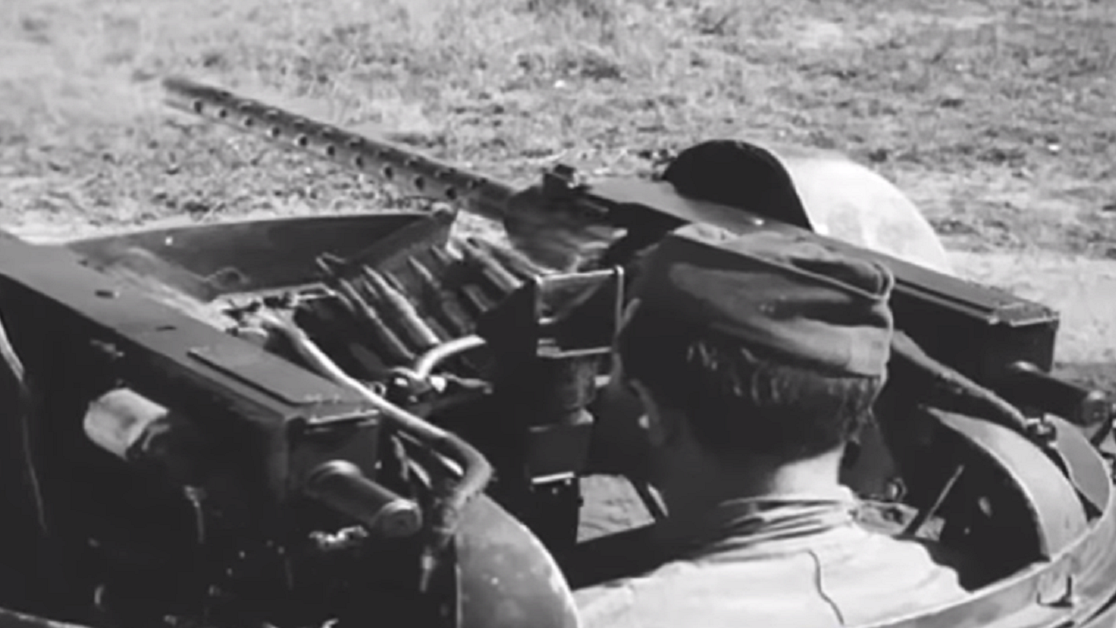Here is how aerial gunners were trained to fight their way past the Luftwaffe

SUMMARY
The United States Army Air Force's daylight bombing campaign in Europe involved thousands of bombers, and tens of thousands of crewmen. While there were pilots, crew chiefs, radiomen, bombardiers, and navigators on planes like the B-17, about 40 percent of the crew were aerial gunners.
What did it take to get these specialists ready? In some ways, it didn't take long – maybe a few weeks. But these gunners had to learn a lot. Maintenance of their machine guns was vitally important. But they also had to learn to hit a moving target – because the Nazi fighters trying to shoot the bombers down were not going to make things easy for them.
So, what did it take to teach gunners how to hit a moving target? Well, for starters, there were lessons on maintenance for both a .30-caliber machine gun (mostly used early in the war) and the M2 .50-caliber machine gun, and how fix them when they jammed. Then, they had to learn how bullets traveled downrange, and how to adjust for the drop of the bullets from the guns.
When that was done, the trainees were started on full-auto BB guns at an indoor range. Once that was mastered, they then did a lot of skeet shooting with 12-gauge shotguns.
Yep, a popular shooting sport was used to train the folks whose job involved keeping Nazi fighters from shooting down a bomber with ten airmen on board.
The training went on to include live-fire of the machine guns, as well as how the turrets used on planes like the B-17 and B-24 worked. Aircraft recognition — including knowing an enemy fighter's wingspan — was also very important.
Following that, they took to the air, and learned how to fire the guns while wearing the gear they'd need on board a bomber – including a life vest, parachute, and the helmet.
As you can imagine, this included a lot of learning and skills to master. You can see an introductory video for aerial gunners made during World War II below.
SHARE
